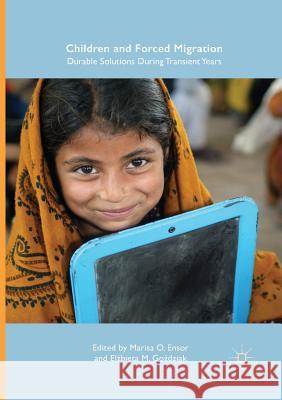Children and Forced Migration: Durable Solutions During Transient Years » książka
topmenu
Children and Forced Migration: Durable Solutions During Transient Years
ISBN-13: 9783319821566 / Angielski / Miękka / 2018 / 371 str.
Children and Forced Migration: Durable Solutions During Transient Years
ISBN-13: 9783319821566 / Angielski / Miękka / 2018 / 371 str.
cena 422,11 zł
(netto: 402,01 VAT: 5%)
Najniższa cena z 30 dni: 421,13 zł
(netto: 402,01 VAT: 5%)
Najniższa cena z 30 dni: 421,13 zł
Termin realizacji zamówienia:
ok. 20 dni roboczych.
ok. 20 dni roboczych.
Darmowa dostawa!
Kategorie:
Kategorie BISAC:
Wydawca:
Palgrave MacMillan
Język:
Angielski
ISBN-13:
9783319821566
Rok wydania:
2018
Wydanie:
Softcover Repri
Ilość stron:
371
Waga:
0.47 kg
Wymiary:
21.01 x 14.81 x 2.06
Oprawa:
Miękka
Wolumenów:
01
Dodatkowe informacje:
Wydanie ilustrowane











